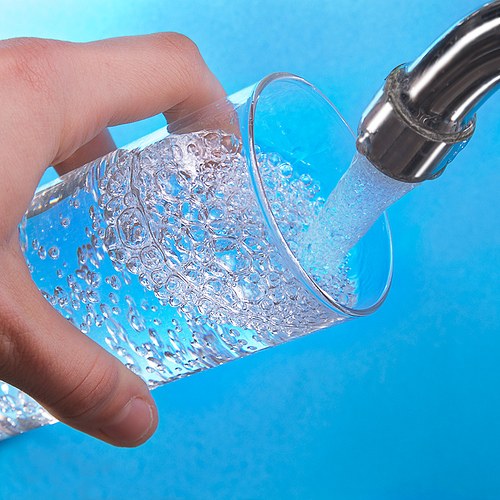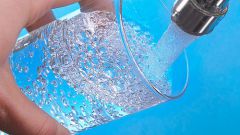Instruction
1
Perhaps the easiest way to determine the quality of water flowing from the tap, is to taste it. If the water is clear, is not muddy sediment and does not emit unpleasant odor, it is likely that it is fit for drinking.
2
Pour water into a transparent container - ideal, for example, an aquarium of 50 liters. Let the water stand for two days. Hold a white sheet of paper to the walls of the tank and inspect the tank - on a white background will be easier to review all changes. The sediment at the bottom of the vessel, the plaque on its walls and an oily film on the surface indicate a low quality of tap water.
3
Grab a mirror and drip water on its surface. Clean water should not leave any residue after drying.
4
Pour water in a clean kettle and boil it for 5-10 minutes. Carefully inspect the deposits remaining on the walls and the bottom of the kettle. The red color scale indicates the presence of iron, magnesium, calcium and hardness.
5
The appearance of a gray color in laundered linen can mean the presence in water of salts of heavy metals, organochlorine compounds and manganese. You should know that these substances are not cleared by boiling.
6
However, remember that all of these methods do not provide a complete picture of water quality. With their help it is impossible to reliably determine the content of nitrates, heavy metals, phosphates, coliforms, pathogenic organisms etc. the Only reliable method of determining water quality is the chemical analysis in the laboratory. In the analysis of the composition of the water is examined by the following indicators: sanitary-chemical and bacterial pollution, technological and Toxicological parameters.
To make the analysis possible in specialized laboratories of the Department of gossanepidemnadzora Minzdrava RF or other laboratories of analysis and quality of water.
To make the analysis possible in specialized laboratories of the Department of gossanepidemnadzora Minzdrava RF or other laboratories of analysis and quality of water.

